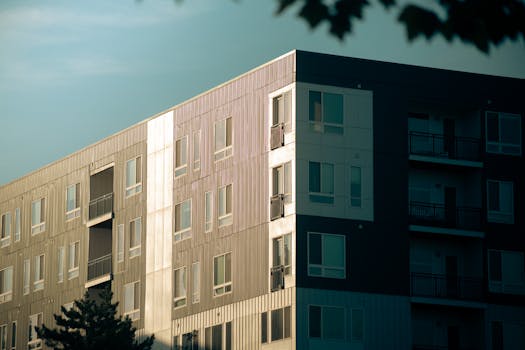Decoding the Trends in Reno's Rental Market
The rental market in Reno, Nevada, has been experiencing significant shifts, making it a topic of interest for renters, real estate investors, and economic analysts alike. This blog post delves into the current trends in Reno's rental market, providing a detailed analysis of the factors driving changes, the benefits and drawbacks of these trends, and practical insights for those navigating this dynamic landscape.
Understanding Reno's Rental Market Dynamics
Reno, often dubbed as "The Biggest Little City in the World," has seen its rental market transform due to several influencing factors. Economic growth, demographic shifts, and urban development are key components affecting housing demand and rental prices in the area. As Reno continues to attract technology companies and large-scale investments, the influx of workers has spiked the demand for rental units, leading to changes in rental prices and availability.
Current Trends in the Market
- Increased Demand for Rental Properties
- Landlords and property owners see higher returns on investment due to increased rental rates.
- The economy benefits as new residents contribute to local spending and taxes.
- Potential renters face higher costs and limited choices, making affordability a significant issue.
- The rapid increase in rents can lead to displacement of long-term residents who can no longer afford the new market rates.
- Shift Towards Multi-Family Developments
- Increases housing supply, which can help stabilize rental prices over time.
- Provides modern housing options equipped with amenities that appeal to younger demographics and professionals.
- Can lead to overdevelopment, potentially impacting the city's infrastructure and available resources.
- May alter the character and skyline of neighborhoods, sparking concerns among existing residents.
- Growing Interest in Suburban Areas
- Suburbs often offer more spacious living options at more affordable prices.
- Reduced congestion and generally a higher quality of life.
- Increased commuting times and transportation costs for those working in central Reno.
- Potential for suburban sprawl, which can lead to environmental and logistical issues over time.
The economic expansion in Reno, including the establishment of tech hubs and manufacturing complexes like the Tesla Gigafactory, has attracted a workforce from various regions. This surge in population has directly impacted the demand for rental housing. The increased demand has led to a competitive rental market where availability is tight and prices are on the rise.
Advantages:
Disadvantages:
In response to the heightened demand, there has been a trend towards the construction of multi-family units and apartment complexes. This shift aims to address the shortage of available housing and manage the growing population in a sustainable manner.
Advantages:
Disadvantages:
As downtown Reno becomes more congested and expensive, surrounding suburbs are becoming more popular. Areas such as Sparks and Carson City are witnessing a spillover effect, where the demand for rentals is gradually rising.
Advantages:
Disadvantages:
Practical Examples and Real-Life Implications
A practical example of these trends can be seen in the development projects like the Park Lane Mall site, which has been transformed into a multi-use complex featuring residential units, retail spaces, and parks. Such developments are designed to create a balanced urban environment that accommodates the growing population while providing various amenities.
Conclusion: Navigating Reno's Rental Market
The rental market in Reno is dynamic and influenced by various economic and demographic factors. For renters, it's crucial to stay informed about market trends and anticipate changes in rental rates and availability. Landlords and investors should focus on areas with growing demand and consider the long-term impacts of their development choices.
For those considering moving to Reno or investing in its rental market, it's advisable to monitor the developments in housing regulations and infrastructure improvements, as these will play critical roles in shaping the future landscape of Reno's rental market. Engaging with local real estate professionals and staying updated with credible sources can provide deeper insights and aid in making informed decisions.
In summary, whether you're looking to rent in Reno or invest in its rental properties, understanding the market trends is crucial. Stay proactive and informed to navigate Reno's evolving rental landscape effectively.

.png)





